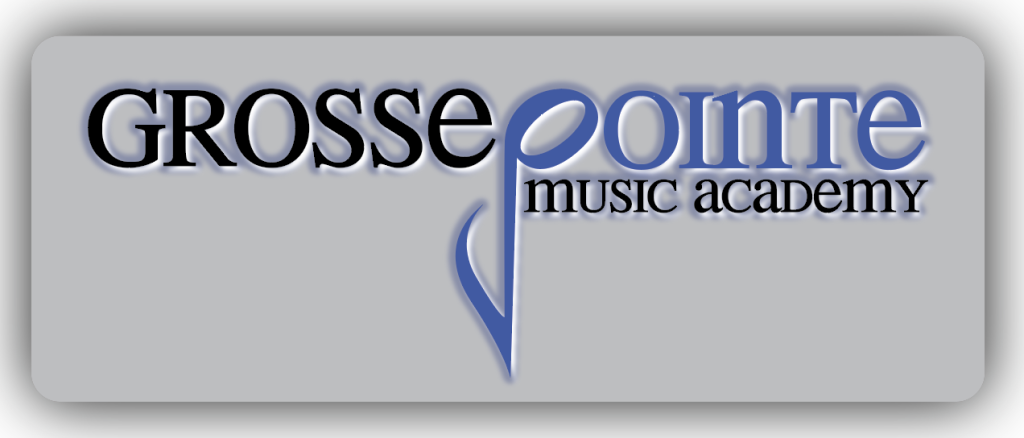By Henry Bahrou, Grosse Pointe Music Academy Staff
Chords are simply groups of notes played together to create either consonant or dissonant harmonies. One of the most common questions I hear from beginning guitar students is: How many guitar chords are there?
The answer isn’t infinity, but it’s still far too many to count — and honestly, it’s not a question worth getting hung up on.
Rather than worrying about how many chords exist, it’s much more productive to learn a few fundamental chords thoroughly. From there, you can build new chords by making slight alterations or adding notes to the ones you already know. Most guitarists start by learning five basic major chords: E major, G major, C major, A major, and D major. These serve as the foundation for playing countless songs.
However, if you only memorize the hand shapes without understanding the notes that form each chord, you’re missing the real heart of chord knowledge. Learning the individual notes within a chord — the “why” behind the shape — will serve you far better in the long run. It allows you to adapt, improvise, and create new chords rather than relying strictly on memorized patterns.
That said, not everyone has the time or desire to dive deep into theory. For those who simply want to strum a few songs and enjoy the instrument casually, memorizing basic chord shapes is perfectly fine. Many guitar players will tell you that starting with these five major chords is enough to open up a huge world of music.
The term major refers to a chord’s quality, determined by the specific spacing (intervals) between its notes. Other chord qualities include minor, dominant seventh, augmented, diminished, and many others. Each type creates a different emotional effect on the listener — sometimes obvious, sometimes subtle — but each is essential for bringing music to life.
Ultimately, trying to count every possible chord is like trying to count all the stars in the sky — interesting, but not very useful for your day-to-day playing. The exciting part is that, by learning the principles behind chords rather than just the shapes, you’ll eventually have access to thousands of variations across the fretboard.
A great resource for players wanting to expand their chord knowledge is Fretboard Roadmaps by Fred Sokolow, which offers clear guidance on understanding chords and navigating the guitar neck.
And if anyone out there ever manages to calculate exactly how many possible guitar chords exist, feel free to post it in the comments — I’d love to see it. 😉


Alicia Keys once said in a radio interview years ago on BBCRadio5Live that she had memorised and could play 150 chords on the guitar.
That’s a lot of chords to have memorized. I’m sure that a professional player such as Alicia Keys received great music instruction from her guitar teacher.
Using the 12-note chromatic scale, here are the combinations available to us.
1 note = 12 ways (not a chord)
2 notes = 66 (not a chord)
3 notes = 220
4 notes = 495
5 notes = 792
6 notes = 924
7 notes = 792
8 notes = 495
9 notes = 220
10 notes = 66
11 notes = 12
12 notes = 1
Total = 4017
Total playable guitar chords = 2341
http://www.premierguitar.com/articles/19696-digging-deeper-how-many-chords-are-there